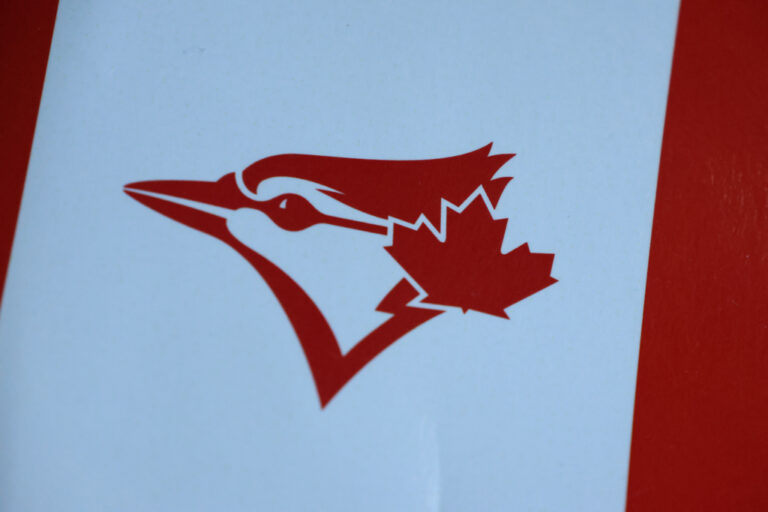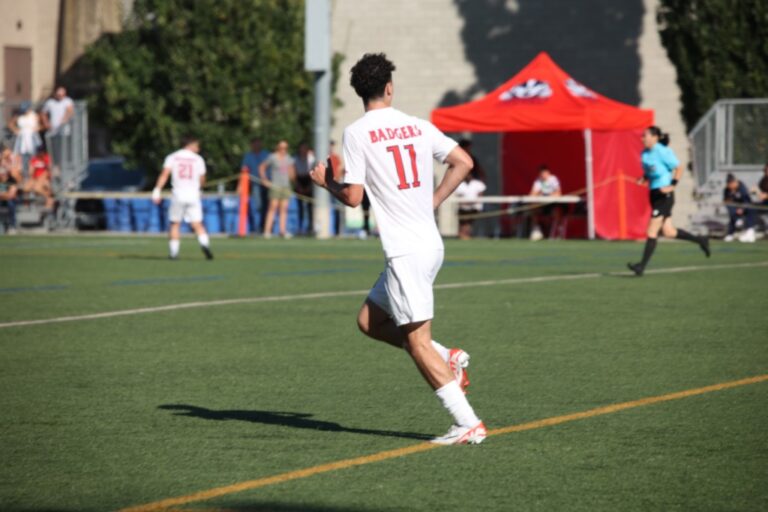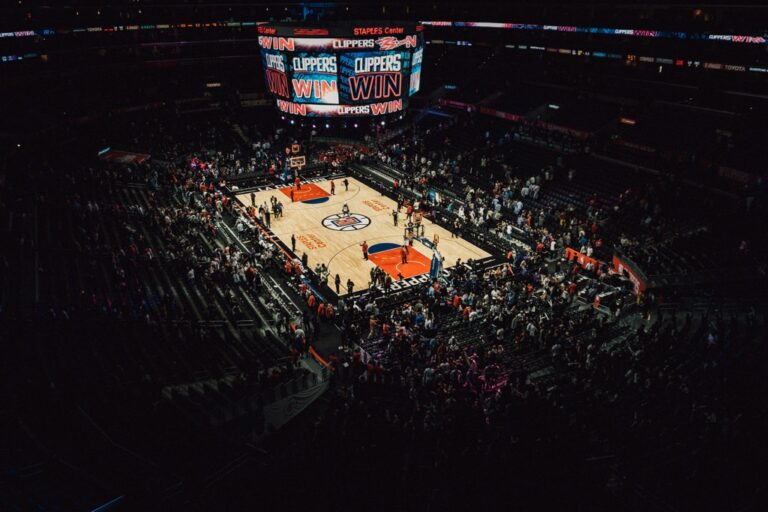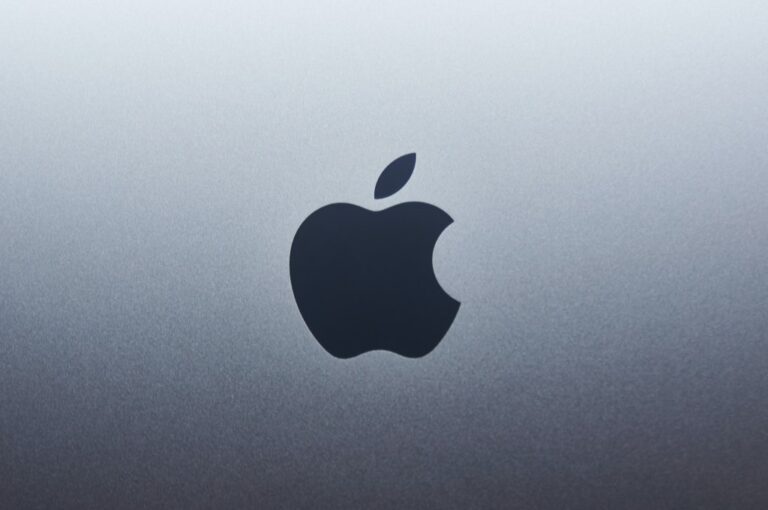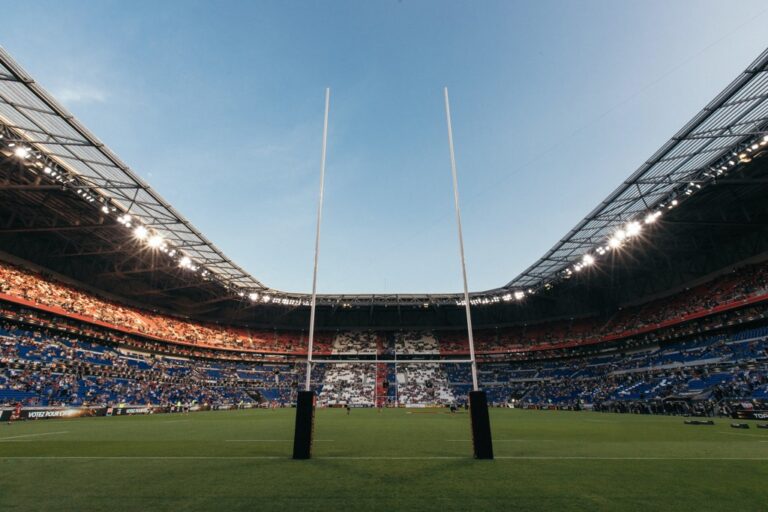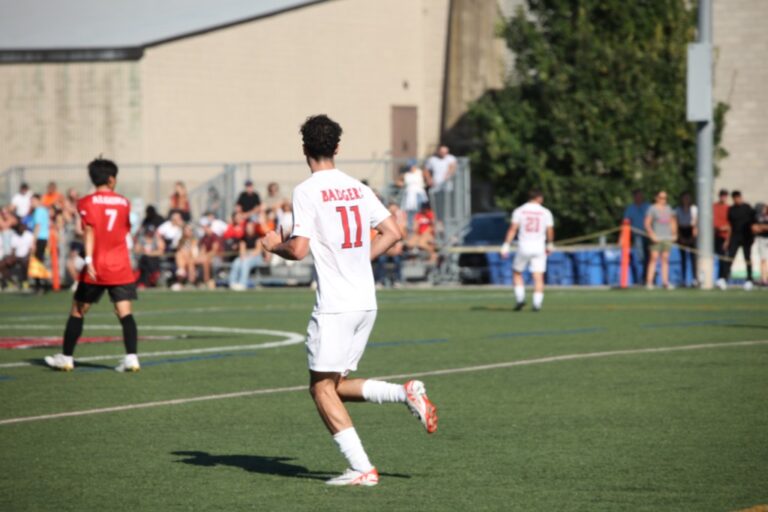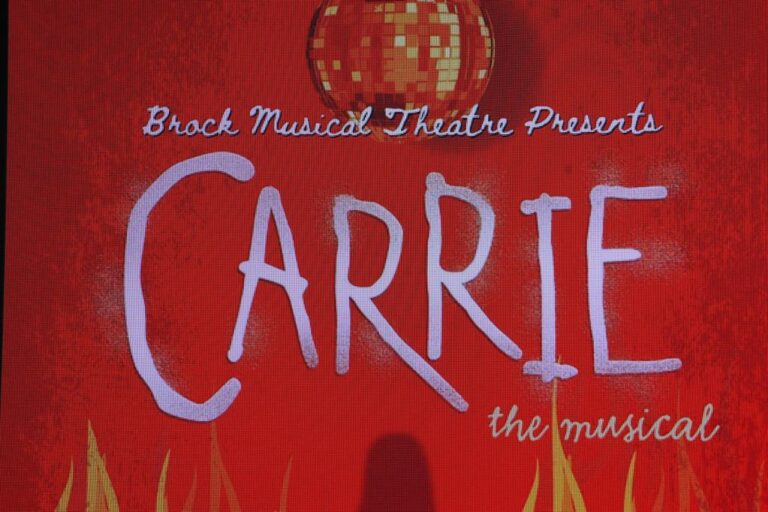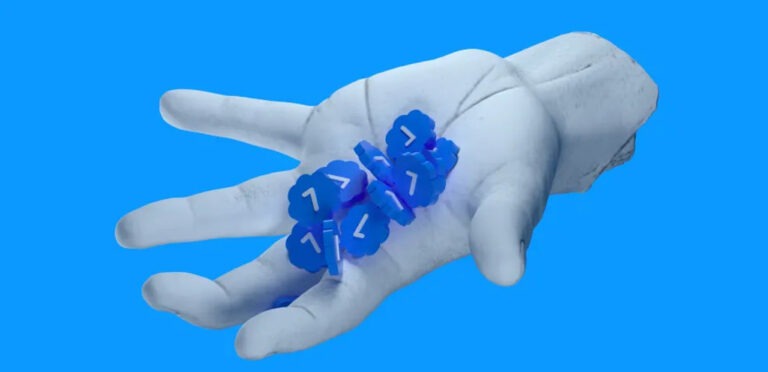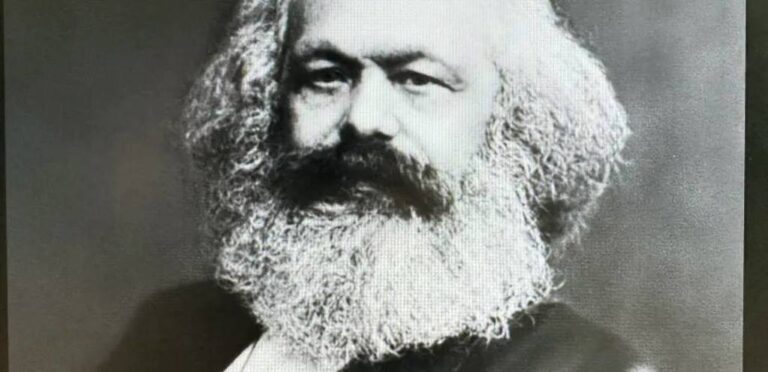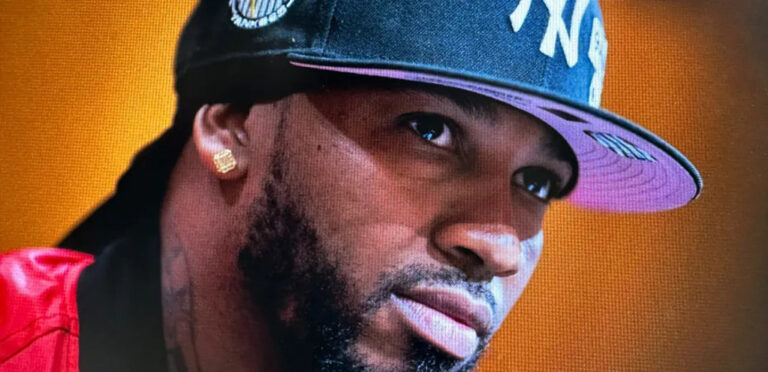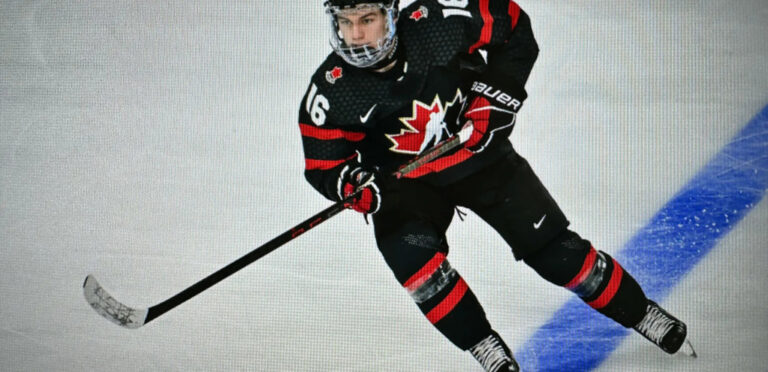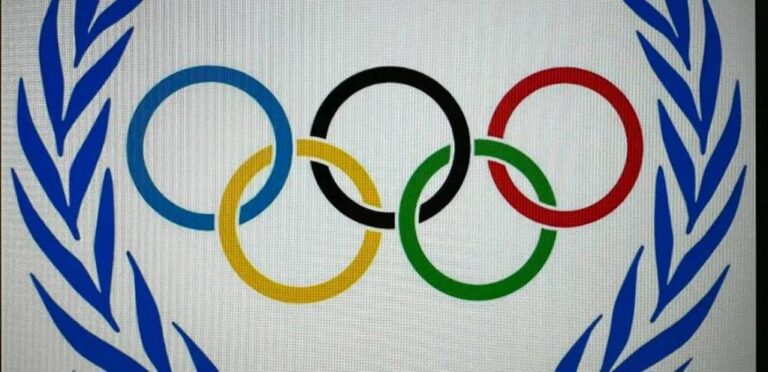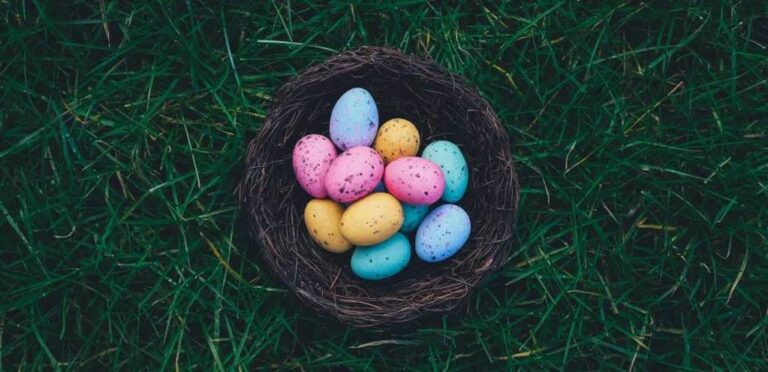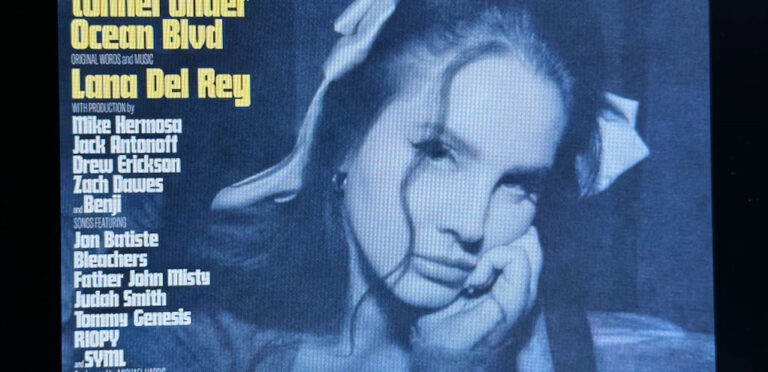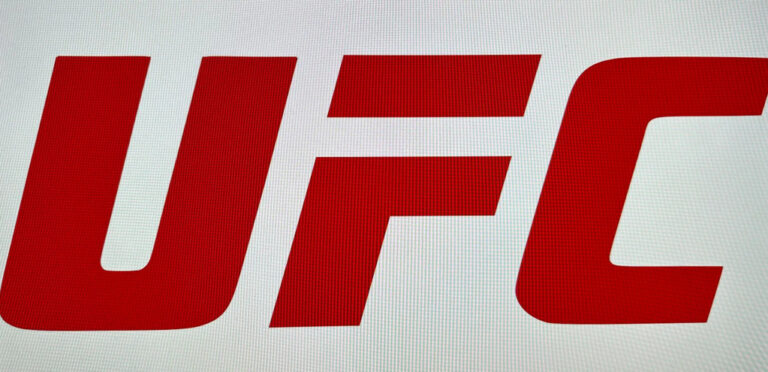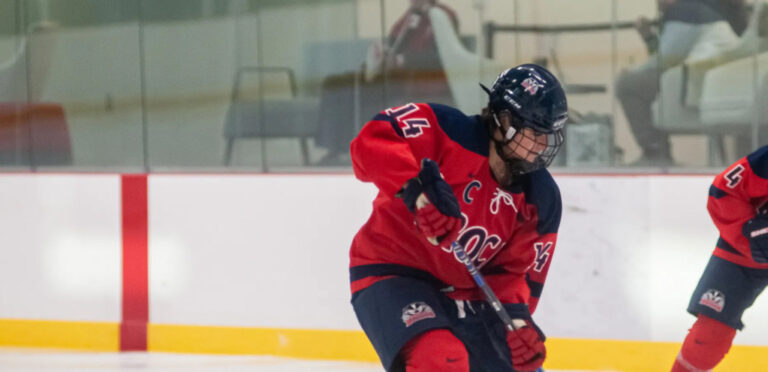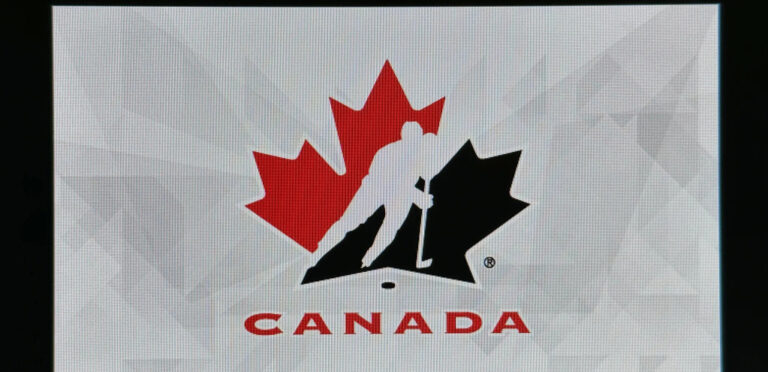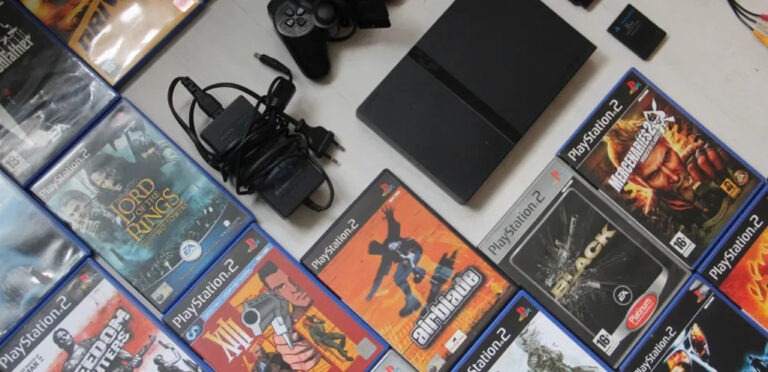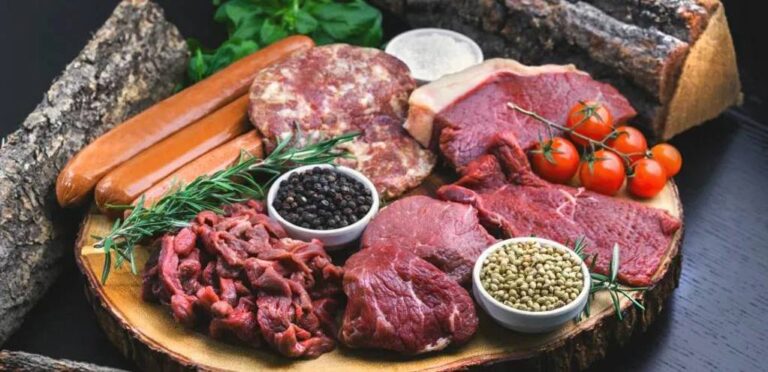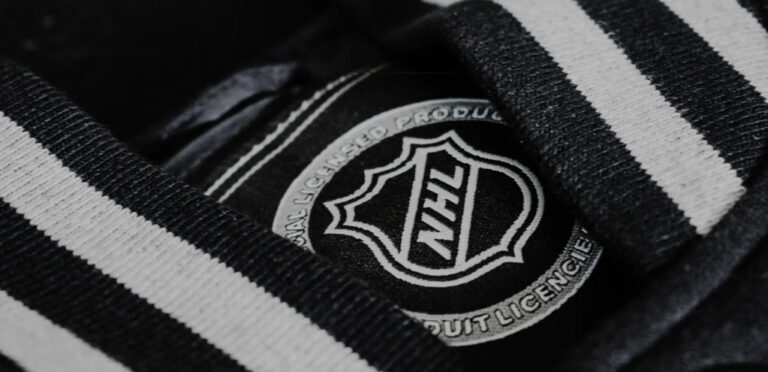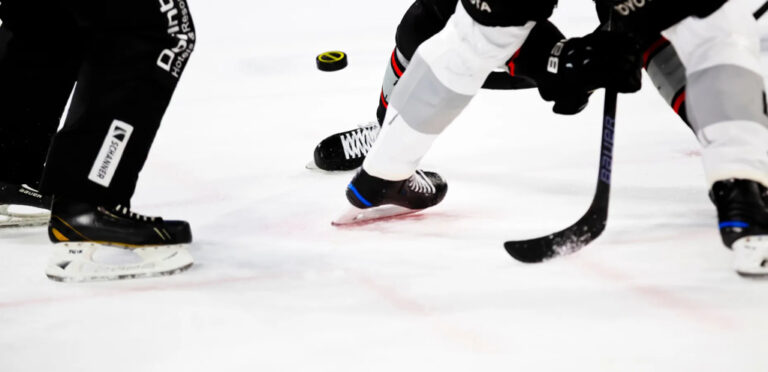It is reasonable to assume that the Nintendo Switch’s successor will launch in 2024.
There’s a lot to love about the Nintendo Switch. The innovative hardware allows players to enjoy it on the big screen at home and then take it on the go wherever they please. Compared to the Wii U, its failed predecessor, its third-party support is excellent — there is no shortage of games to enjoy from companies outside Nintendo on the Switch.
But if one thing has kept me drawn to Nintendo over the years, it’s their lineup of console exclusives. Nintendo has pioneered several of the most recognizable franchises within the world of gaming including Super Mario, The Legend of Zelda and Animal Crossing.
Their cooperation with other companies has led to equally impressive second-party support, such as HAL Laboratory’s work on Kirby titles, Retro Studios’ work on Metroid titles, and of course, Game Freak’s development of main series Pokémon games. These are examples of franchises only available on Nintendo platforms (not including the occasional mobile game release), and have certainly been a significant draw for many owners of Nintendo consoles.
But with so many games to choose from, it might be intimidating for someone hoping to pick up a Nintendo Switch — it can be hard to know where to start. That’s why I’ve created a list of my top ten Nintendo Switch exclusives, meaning that games available on other platforms such as PlayStation or Xbox are automatically disqualified from appearing on this list.
Without further ado, here is my ranking of my 10 favourite Nintendo Switch exclusives.
10) Splatoon 3
The Splatoon series takes the wildly popular third-person shooter genre and adds that familiar Nintendo feeling. Rather than focusing on historical wars or gritty bloodshed, the series sees creatures known as Inklings battle it out on the “splattlefield” in paintball-style matches. The series’ most popular mode, Turf War, sees teams of four players matching online to see who can cover the most ground in their colour of paint, creating an interesting twist on a well-established formula.
Add in that classic Nintendo creativity, and you’ve got a game where you can take the form of a squid rapidly darting across the arena through streams of paint, ready to launch a surprise attack on an opponent with one of the game’s many weapons.
Splatoon 3 continues the tried-and-true formula of previous entries in the series, but adds new weapons, battlefields, gameplay features and story. Recently, Nintendo announced paid downloadable content (DLC) for the game, meaning its playability will continue for a while to come, which is of great importance in a game with a large focus on multiplayer.
While it would have been nice to see more additions, improvements and changes from the previous title in the series, Splatoon 2, there is no denying that the most recent entry holds the most content and ways to play within the wildly popular franchise. I’ve never been one for the shooter genre, but even I get excited when a friend gives me a call and asks if I want to duke it out on Splatoon 3.
9) Fire Emblem Engage
Here’s one that caught me by surprise. I’ve never gotten into a Fire Emblem game. But when I spontaneously downloaded Fire Emblem Engage, the most recent entry in the 30+ year old series, I found there was much more enjoyment to be found than I could have ever expected.
Engage is a turn-based strategy game that sees players commanding a team of units around a grid-based battlefield to defeat an opposing team of units, or the enemy leader. Think of it like chess — well, if chess had a story, memorable characters, beautiful locations and surprising gameplay additions the further you go.
The 2023 release adds the ability to engage with an “Emblem,” each Emblem being a protagonist or major character from a previous title in the long-running series. As someone who’s never gotten very far in a Fire Emblem game, these characters hold no nostalgia for me, but I enjoy how they affect the strategic gameplay all the same.
By engaging one of the game’s original characters to an Emblem, they partner up to combine their strengths and abilities into a singular unit. The game allows any Emblem to attach to any character, meaning that there are tons of possibilities for which combinations a player will choose to send onto the field. I might choose to engage Emblems with a totally different set of combinations than you, but that simply allows us both to play with our own unique strategic style.
There’s a lot to understand with the game’s mechanics, so be prepared to do some serious thinking. This might not be for everyone. In fact, my intimidation towards the game mechanics’ learning-curve largely held me off the series up until this point. But for those who are ready to sit down, learn a lot of mechanics and devote some time to strategic thought, they’ll find their victories on the battlefield to be as satisfying as it gets.
8) Pokémon Legends: Arceus
Until the release of Arceus, I’d been quite dissatisfied with the Pokémon games released for the Switch. 2018’s Pokémon: Let’s Go, Pikachu! and Let’s Go, Eevee! left a bad taste in my mouth, relying on an overabundance of systems from the mobile app Pokémon GO rather than sticking to what made the series’ mainline games so special. To be fair, this was the purpose of that game; it tried to get new people into the series, which is great. It just didn’t mesh well with me as a longtime fan of the franchise.
That’s why I was so excited and disappointed by 2019’s release of Pokémon Sword and Shield. The game, which was intended to be a return to form for core Pokémon RPGs, felt stagnant in its approach, and a series of controversies (both graphically and gameplay-wise) left the game feeling not only unfinished, but unsatisfying.
But just when I was ready to accept that Pokémon had lost its once-vibrant flair, Pokémon Legends: Arceus released in early 2022 for the Switch. The game mixes up the long-standing Pokémon formula, something the series has failed to do for quite some time. This led to the first Pokémon game in ages that had me feeling like I really was in an expansive world catching Pokémon creatures as part of an equally big adventure.
The game innovates on everything that made previous releases feel stagnant while maintaining that familiar Pokémon feel. Pokémon now visibly wander around five large explorable areas and can be caught in real-time, meaning a potentially tedious battle might not even be required.
Each species acts with its own characteristics: some might flee or remain neutral upon seeing you, while others immediately get ready to attack. This shakes up the franchise in a way I had not been expecting, but that I see it really needed.
The game isn’t perfect. If you’re looking for a visually impressive world to explore filled with different activities and side quests beyond simple “gather requests,” you’d be wise to look elsewhere. But if you’ve been waiting for a Pokémon game that tries something new, and does it in a fun way — you have to pick this one up.
7) Animal Crossing: New Horizons
In the earliest days of the COVID-19 pandemic where people were trapped indoors, Animal Crossing: New Horizons came to save the day. It’s difficult to explain what makes the game so special. On the surface, it’s a game where you walk around an island, catching bugs and fish. Maybe you’ll start building a shop, but you’ll need to be prepared to wait one day in real-time for its construction to finish. Chatting with your animal villagers can be fun but even they get annoyed if you talk to them too much in one day.
Yet, there’s something about that Animal Crossing magic that has lasted since the game’s earliest releases. Even as you walk around hunting for materials to give to a talking raccoon, there’s this cozy feeling that no other game has really ever captured.
The game is timed to line up with daytime and seasonal cycles in the real world, which only adds to the experience. Wandering your island as it snows during winter or going for a swim as the sun beats down on you is just such a special feeling. It’s incredibly satisfying to watch your island grow into your own personal design as you decorate it and alter its landscapes.
The only problem with this game is its lack of fresh content in recent times. While the game was receiving regular content updates for its first couple years, culminating in a final major update in late 2021 that added paid DLC, it has become stagnant in terms of waiting for new updates. It’s now stuck in a year-long loop with repeating events and not much more to collect.
If that’s something you can get over, Animal Crossing: New Horizons is still an amazingly joyous and relaxing experience that can be prolonged for many hours. For new players, there’s plenty to do and many friends to make. It’s just worth noting that the game’s current output leaves something to be desired.
6) Paper Mario: The Origami King
I have something to admit: I am incredibly biased when it comes to the Paper Mario series. I grew up with it as a child and have never let go of it. Despite this, I still think that The Origami King is a must-try for anyone looking for a unique, charming and inspired Mario experience on the Switch.
Paper Mario is having a bit of an identity crisis. It started out as an RPG series before moving to platforming, having since turned into a controversial action-adventure series that continually tries throwing things at the wall to see what sticks. Despite the idea that the latest game will never hold up to the first few games in the series, The Origami King is the best that modern Paper Mario’s ever been, and I believe it’s definitely worth a try for that reason.
The game sees a paperized version of Mario living in a world made entirely out of paper. The game’s devotion to the paper aesthetic is commendable, and makes for gorgeous views that consistently appear hand-crafted. In the game, Paper Mario must defeat the titular Origami King to stop him from folding the world’s citizens into an army of creepy origami soldiers.
The game shines in its development of characters and locations, and contains many memorable moments that players won’t see coming. You might find yourself on a game show, riding around an open desert expanse in a shoe or engaging in aerial combat using sentient bombs as projectiles. The game keeps you guessing as to what might be next, and does so in a beautiful papercraft world.
However, one warning I must issue is in regards to the battle system. Its structure is unlike that of any other video game, and sees players rotating and sliding a series of panels on four rings to open up attack opportunities in a puzzle-centric fashion. The battle gameplay is very “love it or hate it,” and has turned some players against the game even if they love everything else it has to offer. If this is a game you choose to pick up, be advised that its turn-based battles will leave you thinking in ways you might not have expected.
5) Mario Kart 8 Deluxe
Even if you don’t own any Nintendo systems, you’ve likely heard of the wildly popular Mario Kart franchise. The Switch’s entry is a port of the Wii U’s 2014 release Mario Kart 8, but adds several enhancements to further the experience.
There are tons of racetracks to explore, each with their own unique charm and style. Don’t expect your typical Need for Speed raceway; instead, get ready to race through a haunted mansion, a land made of cheese or a rainbow in space. Different character and kart combinations allow each player to have their own style, and the game’s many creative items have been known to end friendships since the series’ inception.
Last year, Nintendo announced that the game’s racetrack count would be doubled through paid DLC, which is being released in waves. These tracks, many of which are remakes from previous titles, have kept the game’s community more active than it’s been in years and has created hype for players hoping to see the return of their personal favourite courses.
The game’s multiplayer mode is always full of lobbies to join, so don’t worry that you won’t find people to match with. That being said, single-player mode can be just as enthralling, especially when you ramp up the speed.
There’s not much else to say about this one. It’s Mario Kart. Its legacy speaks for itself.
4) Kirby and the Forgotten Land
Kirby is known as the sidescrolling platforming series where an adorable pink puffball inhales enemies to absorb their unique powers. Take that already-successful formula and throw it into a three-dimensional space, and you’ve got a recipe for perfection.
Forgotten Land sees the lovable Kirby exploring 3D environments filled to the brim with things to do and hidden corners to search behind. The game is always throwing something new at the player to experiment with, which is further encapsulated by the title’s addition of “Mouthful Mode” — Kirby’s new ability to take the shape, size and properties of certain objects he consumes. If you’ve ever wanted to drive Kirby around as a full-size car, here’s your chance.
The world within the game has clearly been abandoned for a long time, with grass and moss growing over the large city buildings that are clearly no longer in use. This style allows for a distinct visual look and unique storytelling, leaving the player constantly finding new areas that were once highly populated.
It’s remarkable that HAL Laboratory, the longtime Kirby developers, managed to find such strong success in their debut 3D title. For 30 years, mainline Kirby games could only be experienced in a 2D space, but that changed with the release of Forgotten Land. While the adventure may be a bit easier than other titles on this list, it’s still an exciting leap forward for the Kirby series we all know and love.
3) Luigi’s Mansion 3
It’s no secret that the Luigi’s Mansion franchise has its fair share of fans, but the latest entry cranks the series to a higher level than it’s ever been at before. In the game, players control a very nervous Luigi as he navigates a haunted hotel filled with ghosts ready to attack. As you ascend the hotel’s 17 floors in an effort to reach the top, collecting elevator buttons along the way, you’re sure to find countless surprises.
“Exploring a hotel” might sound like a concept that gets boring after a while, but each floor’s unique concept and complementary theme leaves players on their toes. One floor consists of a massive garden, another will find Luigi participating in a film production and one will see the player exploring a pyramid within the hotel’s desert-themed floor.
Each floor concludes with a unique boss fight, leaving Luigi to battle against the ghost that guards the floor’s elevator button. These bosses are consistently creative and inspired, leaving the player thinking about what kind of character that ghost might be. The game is full of puzzles, many of which require the use of Gooigi — essentially a clone of Luigi made of green goo — to solve. Each floor is incredibly satisfying to finish, and rising to the next floor to see what awaits you is always a fun feeling.
Add in memorable characters such as Professor E. Gadd and some of the best cinematic cutscenes ever to appear in a game within the Mario universe, and there’s no denying that Luigi’s Mansion 3 is one of the Switch’s greatest offerings.
2) Super Mario Odyssey
Odyssey is the return to form that fans of mainline 3D Mario games have been waiting for. The game throws large environments called “kingdoms” at the player, ready to be searched top-to-bottom for the collectible Power Moons needed to power Mario’s ship, the Odyssey. The exploration aspect of the game is phenomenal, and the game’s wide selection of possible movements for Mario mean that players can reach areas never intended by the developers.
This started crazes such as the “Impossible Jump” series back when the game released in 2017, in which players challenged themselves to reach incredibly far distances using the game’s movement mechanics. The addition of Mario’s talking hat, Cappy, means that movement possibilities are ramped up even further, leaving the player to experiment to see which area they’ll be able to reach next.
Like many other games on this list, the game contains tons of unique locations — but unlike more linear titles such as Paper Mario: The Origami King or Kirby and the Forgotten Land, this game encourages exploration in wide-open environments in which players can run off in any direction, unbound by walls meant to keep the character set on a certain path. Because of their collectible nature, the Power Moons of each kingdom can be grabbed in almost any order, and intricate movement strategies mean that a player can explore in ways beyond even the developers’ expectations.
There’s a reason why 3D Super Mario games are so beloved, and Super Mario Odyssey is just a further step in this direction.
1) The Legend of Zelda: Breath of the Wild
Here it is, the number one spot.
Breath of the Wild is not just my favourite game on the Switch, but it is one of my favourite games of all time. While Super Mario Odyssey throws players into a series of wide expanses, Breath of the Wild contains one interconnected open world begging to be explored.
There’s far too much to cover here, but the game’s physics engine and non-linear story encourage players to use their imaginations and have an experience throughout the kingdom of Hyrule that is entirely their own. As soon as the tutorial lifts, the player is given a paraglider: their ticket to free-roaming exploration anywhere on the game’s map.
Players can run in the opposite direction of the suggested path and still find ways to move the story forward. Especially courageous players can head off to the game’s final boss immediately after completing the tutorial, skipping all the story points and missions up until that point — according to speedrun.com, the game’s fastest recorded speedrun clocked in at just under 24 minutes.
Don’t let that fool you into thinking there’s not much to do — the game has hundreds of hours worth of content, accompanied by gorgeous vistas to discover, tall mountains to climb, lakes to swim through and established towns to visit. If you can see it, you can travel there — though you’d be well-advised to prepare for any unexpected trouble you might find along the way.
To many who have played The Legend of Zelda: Breath of the Wild, it’s probably no surprise to find the game at the top ranking of this list — now, the only game that has a chance to dethrone it is its rapidly approaching sequel.
—
As a longtime Nintendo fan and early adopter of the Switch, I hope that my recommendations can help those struggling to know where to start. Remember that gaming tastes are entirely subjective; you might not be drawn to the same games as I am, and that’s okay. Even if you disagree with some of the choices on this list, I hope it gives you a few ideas of games to check out.

